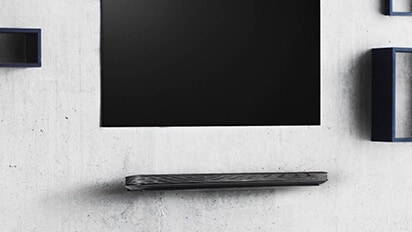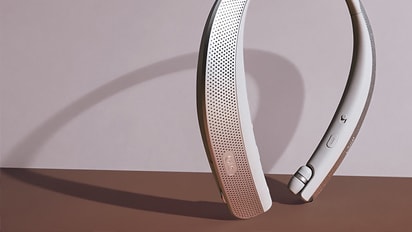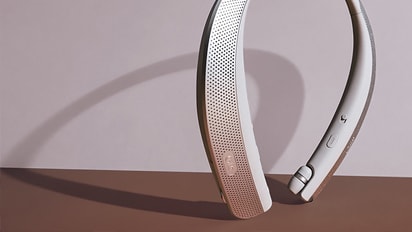To maximize the effectiveness of your washer’s technology, do your part by properly sorting and loading items in to the drum. Mixing load types (soil level, fabrics, etc.) and overloading the drum reduces performance, increases wear and tear on fabrics, and increases energy consumption by unnecessarily extending wash time and water consumption.
For the best washing results, and to reduce the possibility of damage to clothing, care should be taken to sort the clothing into loads that are made up of similar items.Mixing different fabric types and/or soil levels can result in poor wash performance, color transfer, discoloration, fabric damage, or lint transferring from one fabric type to another.
Colors |
Sort articles by colors. Wash dark clothes together on a separate load from light colors or whites. Mixing dark clothes with light clothes can result in dye transfer or discoloration of the lighter clothes. |
Soil Level |
Wash heavily soiled clothing together. Washing lightly soiled clothing in the same load with heavily soiled clothing could result in poor wash performance for the lightly soiled clothing or premature wear and tear of the fabrics. |
Lint |
Some fabrics attract and bind lint to them while others give off lint in the laundry process. Avoid mixing these lint collectors and lint producers in the same load. Mixing these fabrics will result in pilling and linting on the lint collectors. (For example, lint collector – knit sweater; lint producer – terry cloth towels.) |
Fabrics |
Delicate articles should not be mixed with heavy or sturdy fabric types. Washing heavy fabrics in a delicate load can result in poor wash poor performance for the heavy fabrics and possible damage to the delicates. Most articles of clothing feature fabric care labels that include instructions for proper care. |
Other |
|
- Close zippers, hooks, and drawstrings to prevent these items from snagging or tangling on other clothes. Ensure all pockets are empty prior to loading into washer.
- Check around and inside of washer for any obstructions or unwanted items before loading your laundry.
- When combining large and small items, load large items first.
- Large items should not be more than half the total wash load.
- Wash a few items in one load rather than a single item (except for large bulky items).
- Make sure to wash laundry in similar types of loads.
- Waterproof and large bulky items such as a blanket, pillow, stuffed animal, comforter, or bedspread should be washed inliidually.
- These items should be placed as far down in the tub as possible. Because of the high-efficiency wash system, the water level may not completely cover the load so it may need less soap.
- The washer can be fully loaded but should not be tightly packed the washer lid should close easily. Load clothes loosely, and do not overfill the tub. Clothes need room to circulate in order to get clean. Do no press down on items while stacking them in the tub or fill tub above XX hole in drum.
- Distribute items evenly to prevent an unbalanced load.












